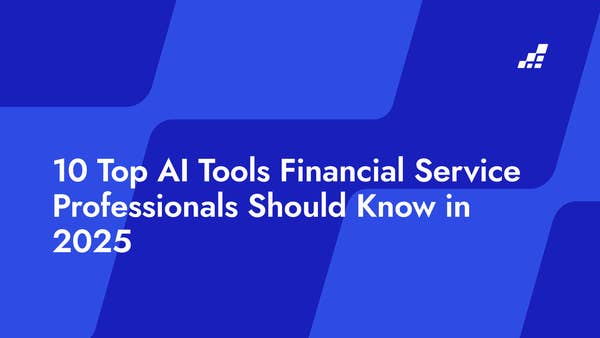- /
- Blog
Understanding IFRS 16

IFRS 16 makes financial reporting more transparent, helping investors and stakeholders understand a company's finances better. This article will explain IFRS 16, what it means for businesses, and how they can follow it properly.
What is IFRS 16?
IFRS 16 is a global financial reporting rule that guides how leases are recognized, measured, presented, and disclosed. It was made by the International Accounting Standards Board (IASB) to give a clearer view of a company's lease responsibilities.
Under IFRS 16, lessees must list all leases, including operating ones, on their balance sheets as lease liabilities and assets. This is different from the old rule, IAS 17, which only required finance leases to be listed.
Why was IFRS 16 introduced?
IFRS 16 was made to fix the problems with IAS 17. Under IAS 17, many companies hid large lease obligations off their balance sheets, making it hard for investors and others to understand their true financial situation.
The new rule aims to be more transparent and comparable by making companies list all lease liabilities on their balance sheets. This helps stakeholders see a company's real financial responsibilities and risks.
Implications of IFRS 16
The effects of IFRS 16 on businesses are significant. It not only impacts financial statements but also business operations, systems, and controls.
Balancing Act
IFRS 16 notably impacts a company's balance sheet. Listing all leases as liabilities can significantly boost reported debt. This can affect financial ratios like debt-to-equity, potentially influencing the company's ability to meet debt promises.
Financial Statement Shake-up
IFRS 16 can bring big changes to financial statements. Recognizing lease liabilities and assets can swell both sides of the balance sheet, lowering equity and raising debt-to-equity.
On the income statement, IFRS 16 may hike operating profit, replacing lease expenses with depreciation and interest. But net income might not change much, as the increase in operating profit may be countered by higher interest expense.
Process Overhaul
IFRS 16 also shakes up how companies do business. They must set up processes to track and measure lease liabilities and assets. This could mean adjusting existing systems or installing new ones.
Companies must ensure they've got tight controls to accurately report lease transactions under IFRS 16. This might mean training staff, setting new policies, and strengthening internal controls.
Complying with IFRS 16
Step 1: Identifying Leases
Following IFRS 16 may seem complicated, but businesses must keep their financial reporting clear and accurate. To stay on track, companies should take a methodical approach to ensure they meet the new rules.
Step 2: Measuring Lease Liabilities and Assets
Once leases are identified, measure lease liabilities and right-of-use assets. Lease liabilities are calculated based on the value of lease payments, while right-of-use assets reflect this liability adjusted for any prepayments or incentives.
Companies must use judgment here, deciding factors like lease terms, discount rates, and payments. They also need to reevaluate if lease terms or payments change.
Step 3: Disclosure Requirements
IFRS 16 demands companies disclose lease details, including cash flow amounts, timing, and uncertainties. They must also show how their lease liabilities and assets change over time.
Compliance with IFRS 16 may be tough, but it's vital for businesses to offer precise and transparent financial reports. Companies can successfully navigate this new standard by understanding the rules and taking a structured approach.
Conclusion
IFRS 16 marks a major shift in lease accounting, bringing greater transparency and consistency to financial reporting. By recognizing lease liabilities and assets on the balance sheet, companies offer a clearer picture of their financial commitments. While the transition can be complex, a structured, thoughtful approach helps ensure compliance.
Want to explore how intelligent automation is reshaping finance and compliance?
Download our eBook – The Future of Audit is Intelligent Automation and see why many consider it the next big leap forward in the profession.

